In any industry, understanding customer challenges is pivotal to providing effective solutions and forging lasting relationships.
In the world of lubrication – an often overlooked but critical aspect of numerous sectors – these challenges can directly affect the productivity, efficiency, and safety of operations.
Let's delve deeper into understanding these challenges and how businesses can address them.
1. Lack of Lubrication Knowledge
Despite the vital role that lubrication plays in machinery and equipment, it's astonishing how often it's overlooked in formal education and training programs.
- Impact: This lack of knowledge can lead companies to opt for incorrect lubrication solutions, resulting in reduced equipment life and increased downtime.
- Solution: Companies should invest in comprehensive lubrication training programs, ensuring that employees at all levels understand its importance and nuances.
2. Reactive Maintenance Culture
Many companies are stuck in a reactive maintenance culture, only addressing lubrication when something goes wrong.
- Impact: Waiting for a problem to arise before addressing it can lead to more significant issues in the long run. This approach often results in unplanned downtimes, higher maintenance costs, and even safety concerns.
- Solution: Transitioning to a proactive, reliability-centred maintenance approach can save costs and reduce downtime.
3. Regulatory Pressures
With growing emphasis on sustainability, safety, and quality, industries are under increasing pressure to comply with regulations, especially in sectors like food production where lubrication can impact product safety.
- Impact: Failing to meet these standards can result in hefty fines, loss of reputation, and even shutdowns.
- Solution: Ensuring that lubricants and lubrication systems are compliant with industry-specific standards can alleviate these pressures.
4. Short-Term Cost Mindset
Budget constraints can often push companies to look for short-term cost reductions, leading them to opt for cheaper lubrication solutions.
- Impact: While this may save costs in the immediate term, it can lead to increased expenses in the long run due to frequent maintenance and replacements.
- Solution: A shift in mindset is required, emphasising the total cost of ownership rather than immediate expenses. High-quality lubricants might have a higher upfront cost but can save money over the long run by reducing maintenance needs and extending equipment life.
5. Departmental Misalignment
Different departments within a company might have different priorities and pain points, leading to disjointed decision-making.
- Impact: For instance, while the procurement department might prioritise cost, the engineering team might prioritise performance. This can result in selecting lubricants that don't truly meet the company's needs.
- Solution: Ensuring inter-departmental communication and collaboration is vital. Companies should also seek lubrication partners who can provide holistic solutions that cater to multi-departmental needs.
Conclusion
Addressing customer challenges in lubrication isn't just about recommending the right product. It's about understanding the broader picture and providing comprehensive solutions that drive long-term value.
By recognising vulnerabilities and acting proactively, businesses can ensure smoother operations, reduced downtimes, and overall, a more efficient and effective production environment.









